Introduction to Tank Trailers
Tank trailers are essential components in the logistics and transportation sectors. Specifically designed to haul liquids, gases, and sometimes granular bulk materials, they offer unique features tailored to their specific cargo. Among the various configurations available, the two-chamber tank trailer stands out for its versatility and functionality. It allows for the simultaneous transport of different materials, making it a favorite in industries such as chemical production, food services, and petroleum transport.
What Is a Two-Chamber Tank Trailer?
A two-chamber tank trailer is engineered to have two separate areas within a single tank, enabling the carriage of two distinct types of substances. Each chamber is independently accessible and can be loaded or unloaded without affecting the other. This design not only enhances operational efficiency but also reduces the number of trips required for transporting multiple products.

Key Benefits of Two-Chamber Tank Trailers
| Benefit | Description |
|---|---|
| Enhanced Versatility | The ability to transport multiple products simultaneously, catering to diverse customer needs. |
| Cost Efficiency | Reduces the number of trips needed, thus lowering fuel and labor costs significantly. |
| Separate Loading & Unloading | Each chamber can be loaded and unloaded independently, minimizing cross-contamination risks. |
| Streamlined Logistics | Increases logistical efficiency, allowing for timely deliveries of various products. |
Common Applications for Two-Chamber Tank Trailers
The uses for two-chamber tank trailers span a wide array of industries. Below are the primary applications where these trailers are utilized most effectively:
1. Chemicals
Two-chamber trailers are particularly advantageous in the chemical industry. They allow transporters to haul two different chemicals at once. This is crucial for manufacturers that rely on timely deliveries of raw materials for production.
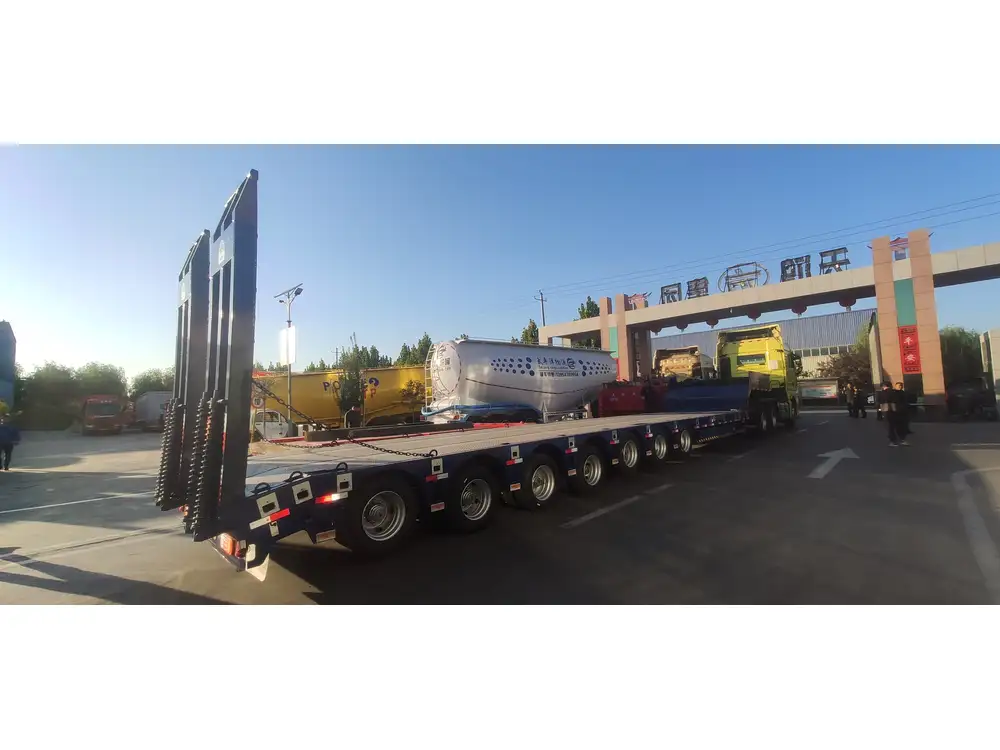
2. Food and Beverage
In the food sector, these trailers can transport liquid ingredients—such as milk and syrup—simultaneously while maintaining strict hygiene standards. The separation of chambers prevents undesirable mixing, which is vital for maintaining product integrity.
3. Petroleum Products
In petroleum transport, a two-chamber tank can effectively transport different grades of oils or fuel types without cross-contamination. This capability is essential for distributors aiming to minimize product loss and ensure quality.
4. Beverage Distribution
Used widely to convey liquid beverages, including juices and sodas, two-chamber tank trailers facilitate the transportation of these goods while preserving freshness through separate chambers.
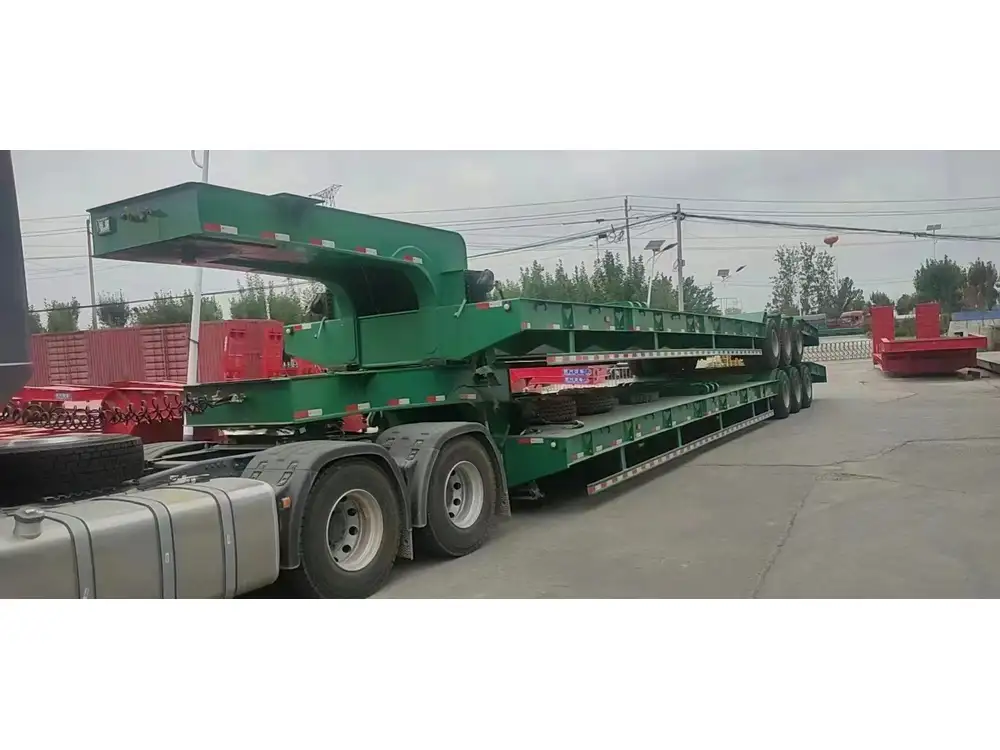
Types of Materials That Can Be Transported
Given their design, two-chamber tank trailers can carry a diverse array of materials. The specifics often depend on the particular requirements of the industry involved. Some common materials transported in two-chamber tank trailers include, but are not limited to:
1. Liquid Chemicals
- Acids
- Alkalis
- Solutions
2. Food Products
- Dairy liquids
- Syrups
- Concentrates
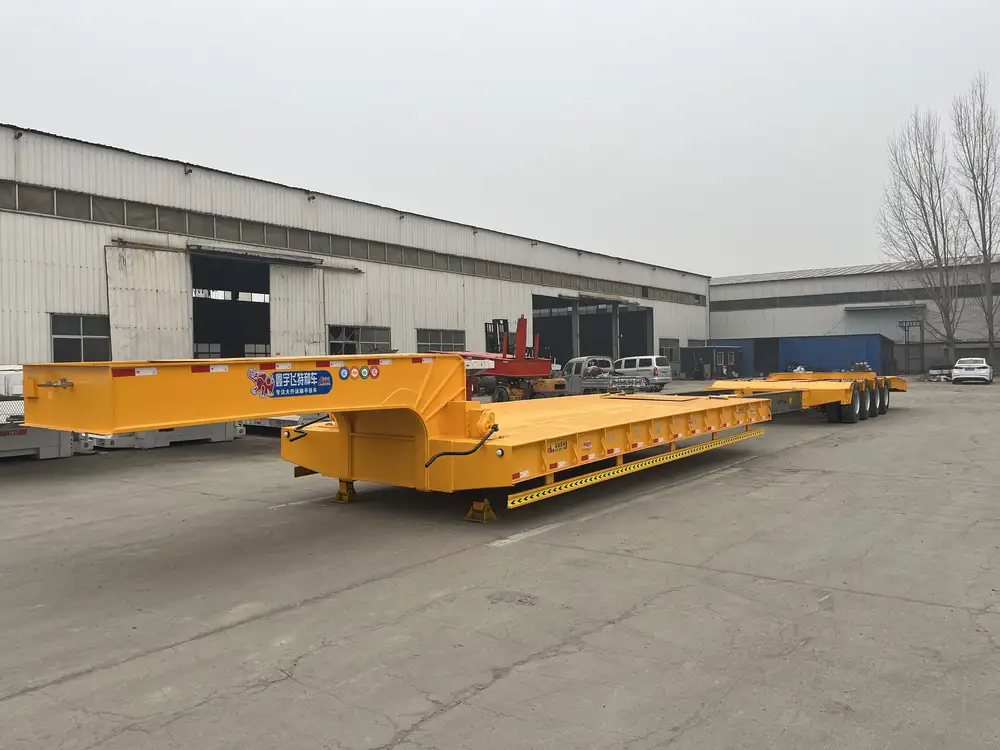
3. Petroleum Fuels
- Gasoline
- Diesel
- Biofuels
4. Gases
- Propane
- Butane
5. Other Liquids
- Water (for processes requiring clean transport)
- Cleaning agents
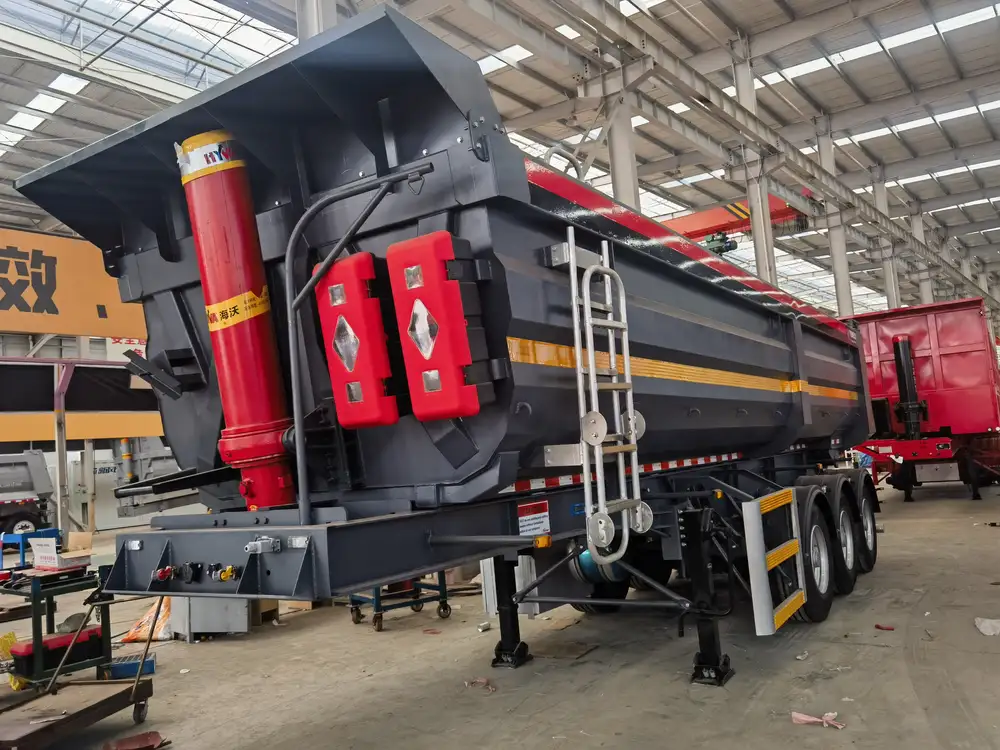
Key Features of Two-Chamber Tank Trailers
Structural Attributes
Two-chamber tank trailers are constructed with a focus on durability and safety. Key features include:
- Material Composition: Often made from high-quality aluminum or stainless steel, these trailers are engineered to withstand corrosive materials.
- Baffle Plates: Designed to minimize sloshing and ensure material stability during transport.
Safety Enhancements
Safety is paramount in transporting hazardous materials. Therefore, two-chamber tank trailers are equipped with:
- Overpressure Relieving Valves: To prevent excess pressure build-up within the tanks.
- Anti-siphon Systems: To avoid accidental spillage when unloading.
- Leak Detection Systems: To monitor and mitigate leaks before they lead to environmental hazards.
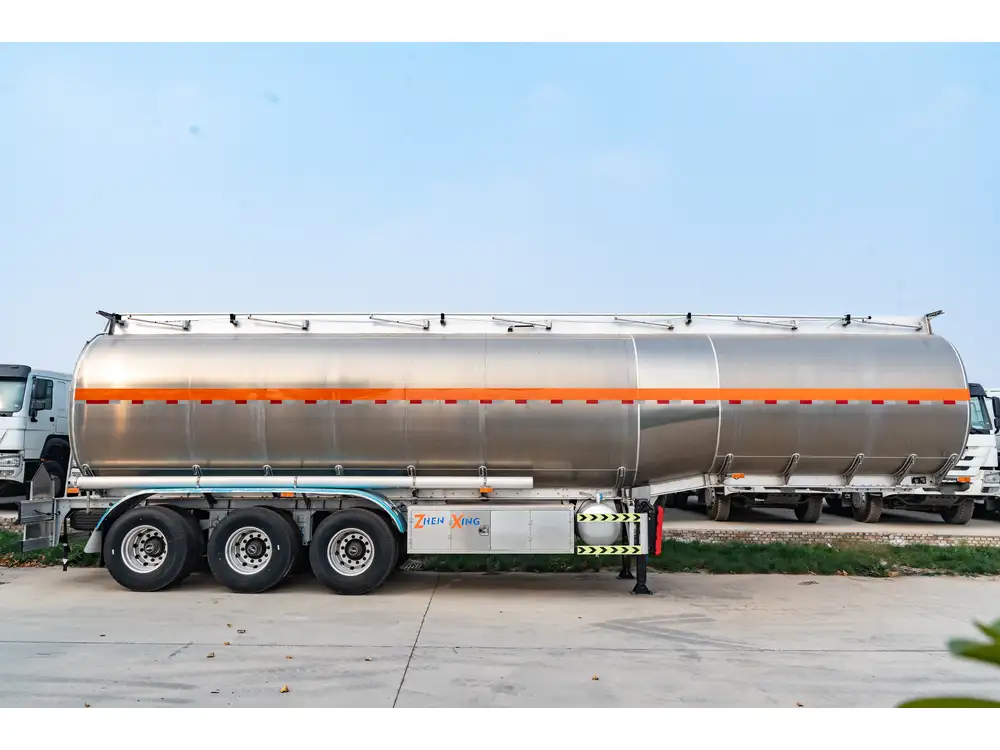
Operational Considerations
When working with two-chamber tank trailers, several operational aspects should be taken into account to maximize efficiency and safety:
Loading and Unloading Procedures
- Preparation: Check the compatibility of products being loaded into each chamber.
- Loading: Use dedicated equipment to prevent cross-contamination, ensuring optimal hygiene and safety.
- Monitoring: Employ real-time monitoring systems during loading and unloading to track the quantity and condition of materials.
Regulatory Compliance
Adherence to regulatory standards is non-negotiable. Operators must ensure compliance with the following organizations and guidelines:
- Environmental Protection Agency (EPA): Guidelines for hazardous material transport.
- Department of Transportation (DOT): Regulations concerning the safe transport of liquids and gases.
- Occupational Safety and Health Administration (OSHA): Safety regulations related to handling chemicals and hazardous materials.

Maintenance of Tank Trailers
Regular maintenance checks are crucial to keep two-chamber tank trailers operational. Components to focus on include:
- Tank Integrity: Regular inspections to identify signs of corrosion or wear.
- Valves and Seals: Ensure all seals are intact to prevent leaks.
- Brake and Tire Systems: Conduct regular checks to guarantee road safety.
Addressing User Issues with Two-Chamber Tank Trailers
Users often face several challenges when dealing with two-chamber tank trailers. Addressing these concerns can not only enhance user experience but also improve operational efficiency:
1. Compatibility Issues
Users may worry about transporting incompatible substances. It’s essential to conduct thorough compatibility analyses before loading products into separate chambers. Utilizing resources such as Material Safety Data Sheets (MSDS) can aid in this process.
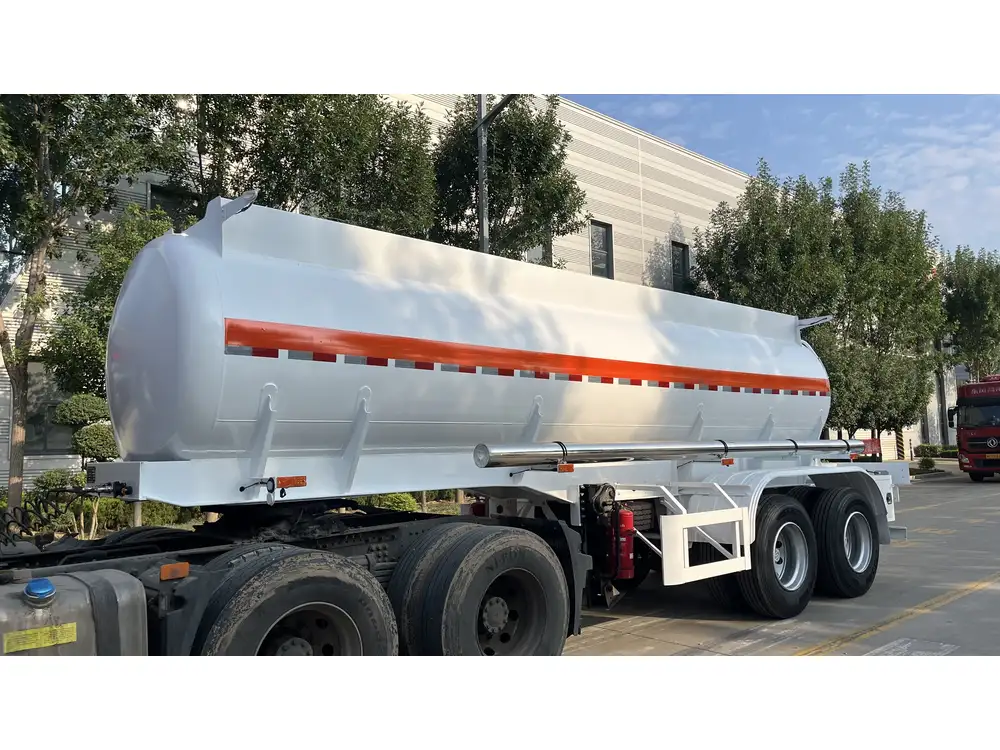
2. Tank Contamination
Minimizing the risk of contamination between chambers is crucial. Operators should employ robust loading protocols and consider using dedicated hoses and pumps for different materials. Regular cleaning schedules should be adhered to, particularly after transporting hazardous materials.
3. Regulatory Compliance Confusion
A common issue for users involves navigating through the complex regulatory landscape. We recommend:
- Training Programs: Organizing regular training sessions for staff to stay updated on compliance requirements.
- Documentation: Maintain thorough records of all transportation activities for transparency and compliance verification.
Conclusion
Investing in a two-chamber tank trailer can greatly enhance the capabilities of logistics and transportation businesses. With their ability to simultaneously carry multiple products, superior safety features, and compliance with strict regulatory standards, these trailers are instrumental in maximizing efficiency and operational effectiveness.
By understanding the various applications, materials, and operational requirements associated with two-chamber tank trailers, businesses can optimize their transportation strategies and significantly improve service delivery. In the competitive landscape of logistics, the decision to utilize two-chamber tank trailers stands as a pivotal moment for businesses aiming to elevate their operational prowess. By addressing common user issues and focusing on diligent maintenance and regulatory compliance, transporters can assure safe and efficient delivery of goods, thereby paving the way for sustained business success.



